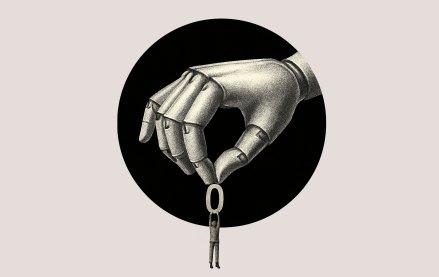Save 50% on a 3-month Digiday+ membership. Ends Dec 12.

This article is a WTF explainer, in which we break down media and marketing’s most confusing terms. More from the series →
Moving shopping and banking online means our transactions are more than making money: They’re about getting data.
“People are extremely aware of how digitized their lives have become and how little control over that. They want to know that if they’re providing this info they’re getting something for it and it’s not just for banks or large technology companies to use for their own purposes,” said Steven Ehrlich, lead analyst for emerging technologies at Spitzberg Partners.
That data says a lot about us — a lot more than a piece of plastic with a photo and address on it. There lies the digital identity dilemma: legally accepted drivers licenses and passports supposedly show that we are who we say we are in the physical world, but don’t do the same in the digital world. As the digital world evolves, that could get complicated. But right now banks, technology firms and governments are all looking at how to make it easier for people to prove they are who say they are, effectively allowing customers to own their own identity. In this WTF, we dive deep into digital identity.
More in Marketing

In Graphic Detail: Here’s what the creator economy is expected to look like in 2026
Digiday has charted its expected revenue, key platforms for creator content as well as what types of creators brands want to work with.

Ulta, Best Buy and Adidas dominate AI holiday shopping mentions
The brands that are seeing the biggest boost from this shift in consumer behavior are some of the biggest retailers.

Future of Marketing Briefing: AI confuses marketers but their own uncertainty runs deeper
That was the undercurrent at this week’s Digiday Programmatic Marketing Summit in New Orleans.





